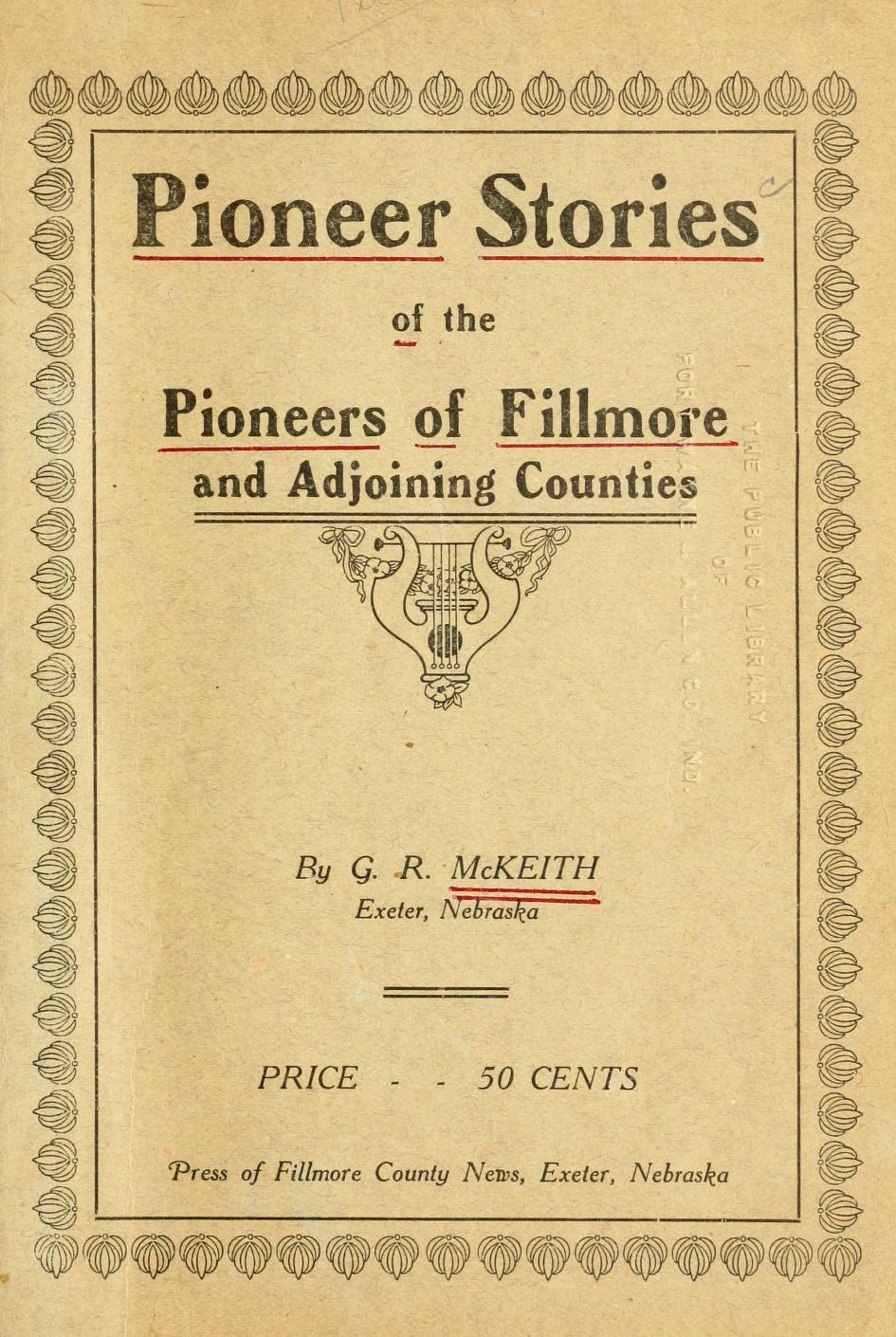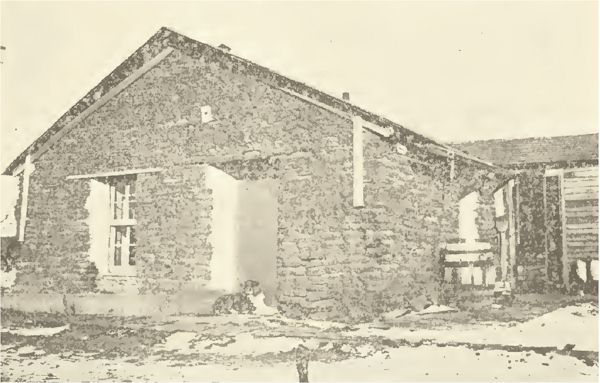Biography of Walter Howarth of Fillmore County
Walter Howarth, a native of Bolton, Lancashire, England, homesteaded near Turkey Creek, Nebraska, on April 1, 1872. Transitioning from an industrial community to the prairie, Howarth faced the challenges of pioneer life, including interactions with local Indian tribes and enduring harsh winters. He taught in a sod schoolhouse, participated in community efforts, and adapted to frontier hardships. Despite difficulties, Howarth contributed to the development of the area and witnessed its transformation. His experiences reflect the resilience and adaptability of early settlers in the American Midwest.


